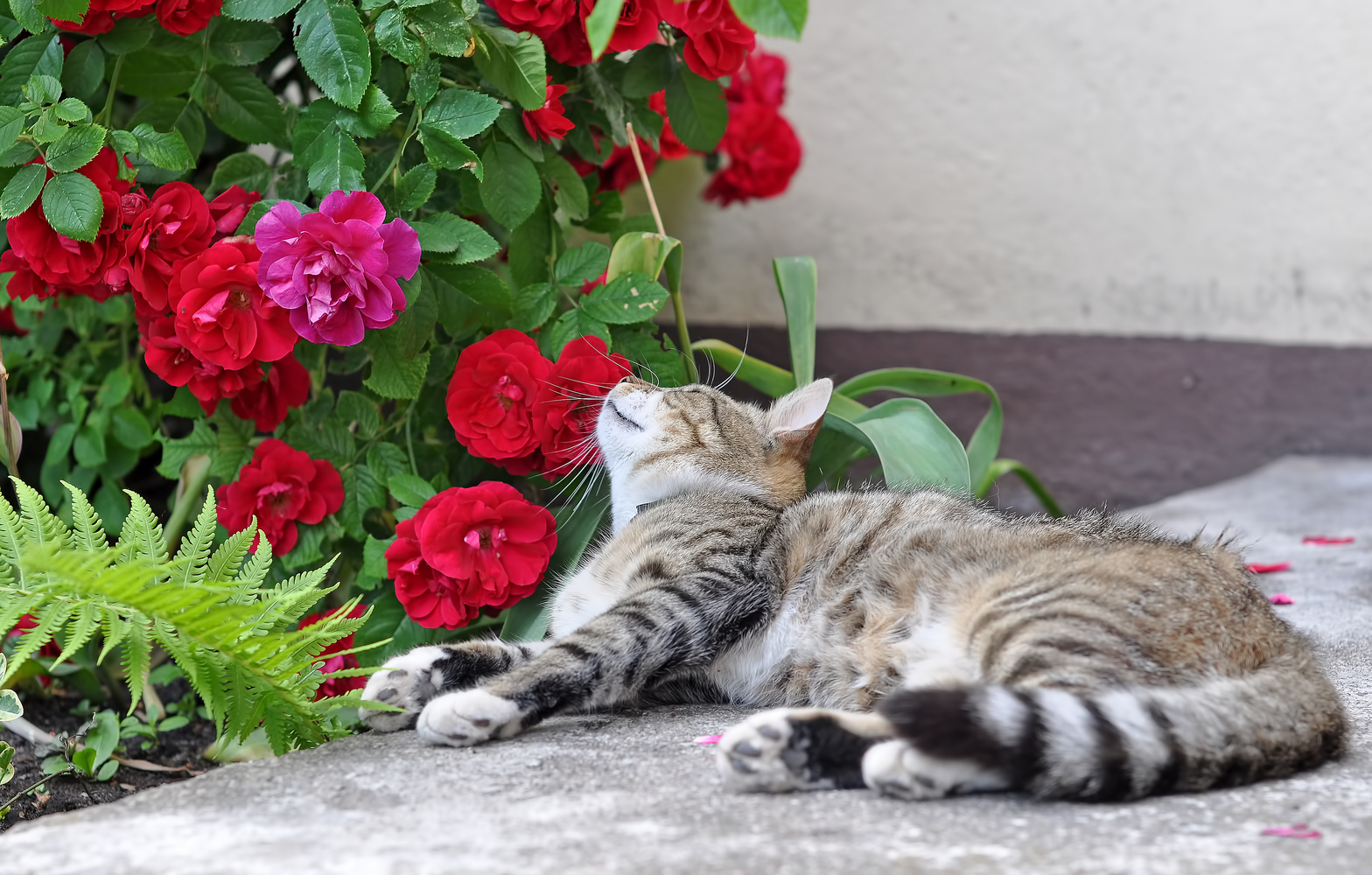
6 Toxic Houseplants For Cats
Whether it is in your yard or in your home, every cat parent should be aware of the plants that are poisonous for their cats. Vets from all over the country report more than 5,000 cases of plant poisoning. Cats experience plant toxicity in various forms, ranging from vomiting to blood in the stool. The toxicity can be mild to severe, depending on the harmful component of the plant. Here are some indoor plants that can be toxic to your feline companion.
Azaleas and Rhododendrons
These related species are flowering shrubs. These are usually used as decorative indoor plants that can be dangerous for cats. It is important to note that there are more than 1,000 species of this family of plants. Toxicity in your feline friends from these flowering plants ranges from moderate to severe. The common toxic present in Azaleas and Rhododendrons is grayanotoxins. Accidental ingestion of these plants can result in drooling, vomiting, and lack of appetite, heart arrhythmias, weakness, tremors, and even seizures in some cases
Autumn Crocus
It is yet another decorative plant that is dangerous for cats. Autumn Crocus is also known as meadow saffron, and it is a common ornamental flowering plant blooming in the fall. It is incredibly toxic because of the alkaloid colchicine content. Cats ingesting this plant have been reported to symptoms such as vomiting, breathing difficulty, kidney and liver damage, and coma in severe cases.Make sure to to keep the plant out of the cat’s reach, if you have this decorative plant in your living room.
Narcissus
Plants such as white daffodils, which are also called jonquil, fall into the genus Narcissus. These are flowering spring perennials that contain a poisonous agent called lycorine. Daffodil bulbs have this poisonous agent, which, when eaten by cats, can result in low blood pressure, breathing difficulties, and other gastrointestinal complications. Avoid planting these in your house, or keeping daffodils and related plants away from your feline friend.
Cyclamen
Also known as the Persian violet and sowbread, cyclamen is a genus of more than 20 species of decorative plants that are dangerous for cats. The tubers and roots of these plants are more toxic than their petals. Cyclamen contains saponins, the toxicity of which results in vomiting, drooling, and diarrhea. Severe cases can also cause seizures and abnormal heart rate.
Kalanchoe
The flowering houseplant is also known as the devil’s backbone, mother-in-law plant, mother-of-millions, or chandelier plant. The decorative plant that is dangerous for your cat contains a toxin called bufadienolides. Signs of Kalanchoe toxicity include heart arrhythmias, collapse, seizure, and gastrointestinal problems. Cat owners should avoid keeping this plant in the home or keep it out of the cat’s reach.
Lilies
Certain species of lilies, such as Asiatic lilies, Easter lilies, Japanese lilies, rubrum lilies, tiger lilies, western lilies, stargazer lilies, and daylilies, are most dangerous to cats. Cats can suffer toxicity in the form that can cause kidney failure. Severe cases can also cause fatality. Licking the pollen from the flowers or drinking the water from its vase can cause toxicity in cats.



